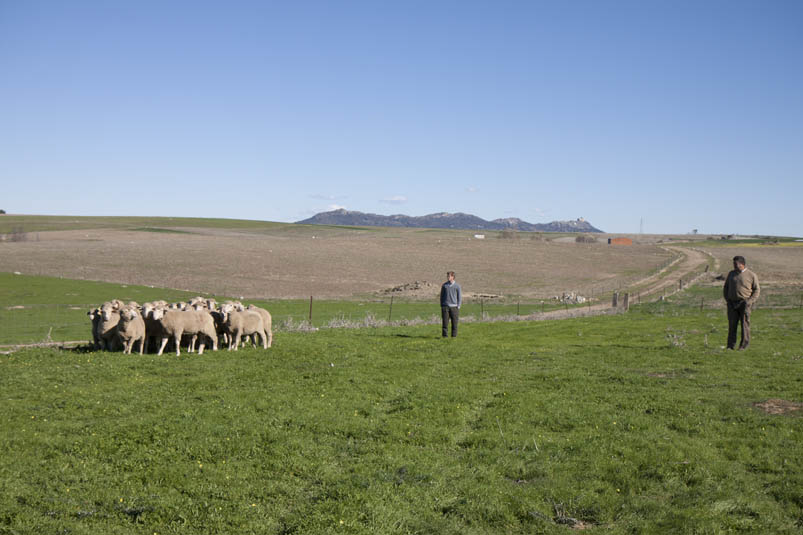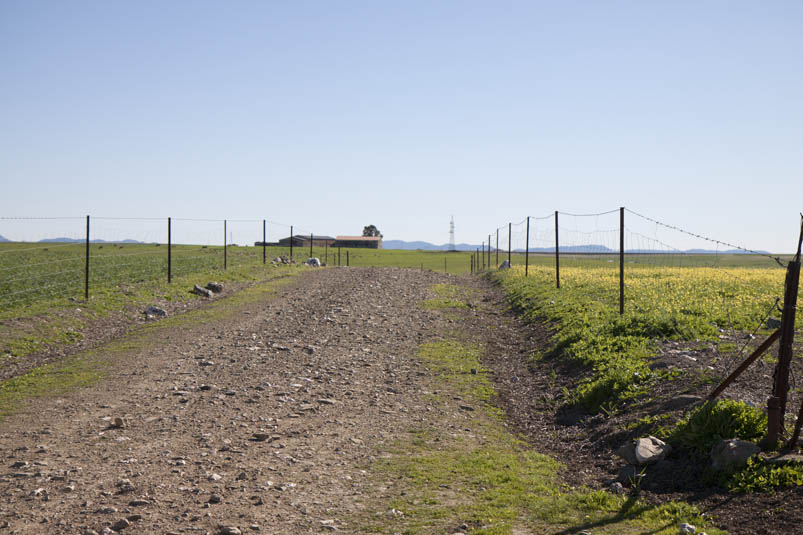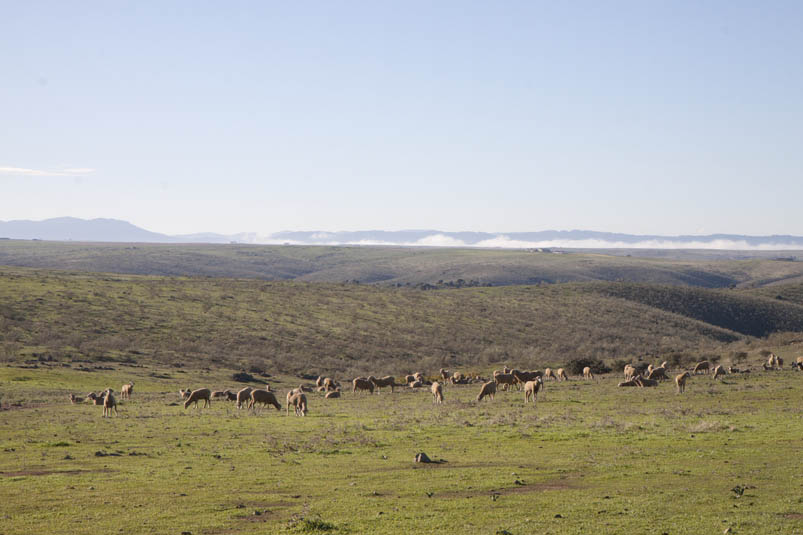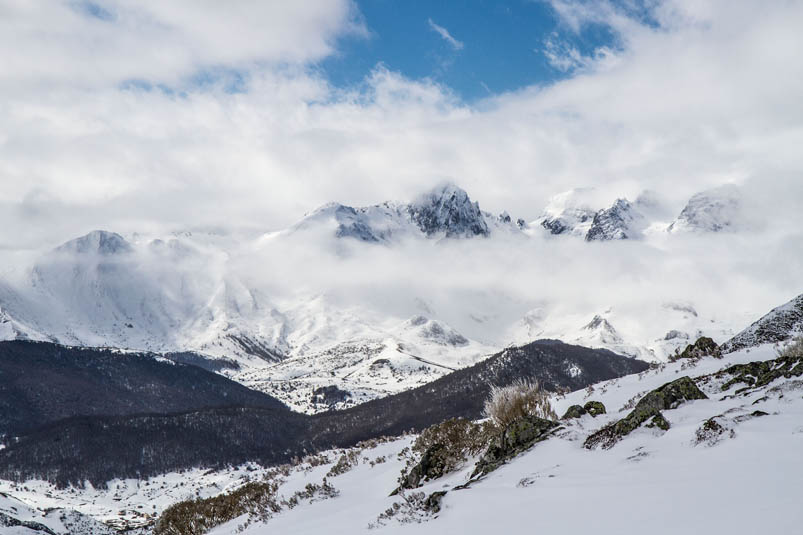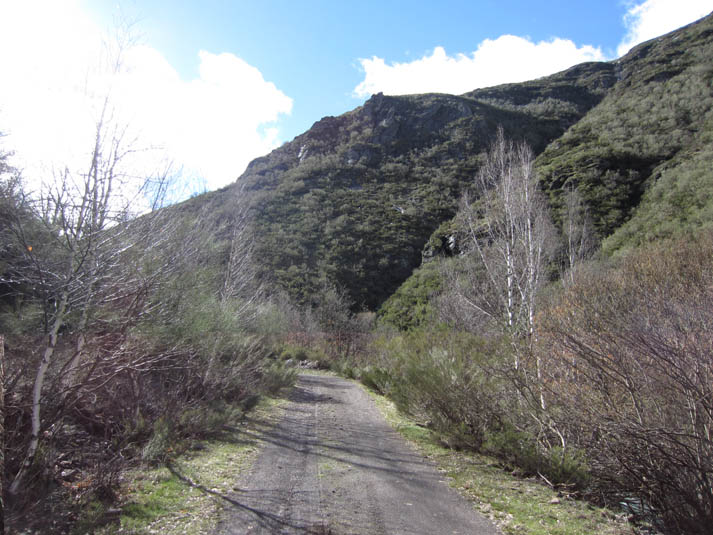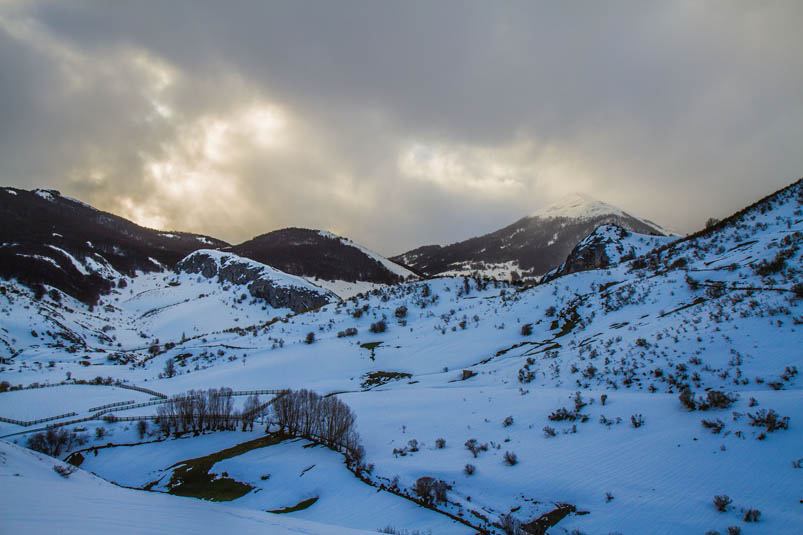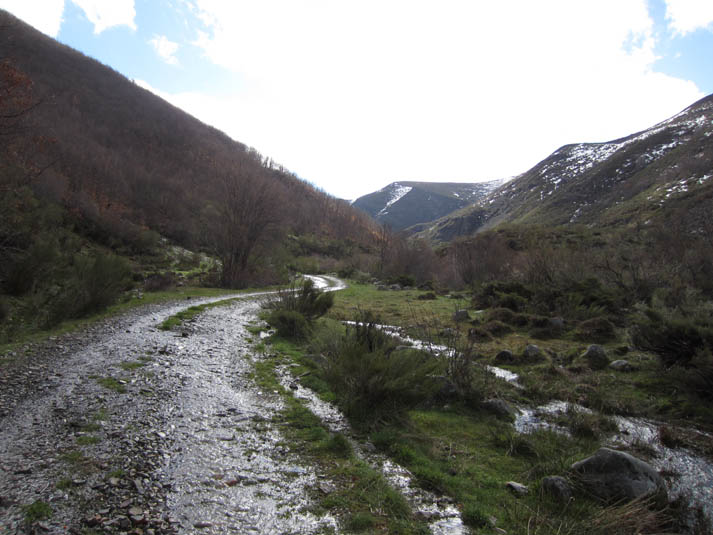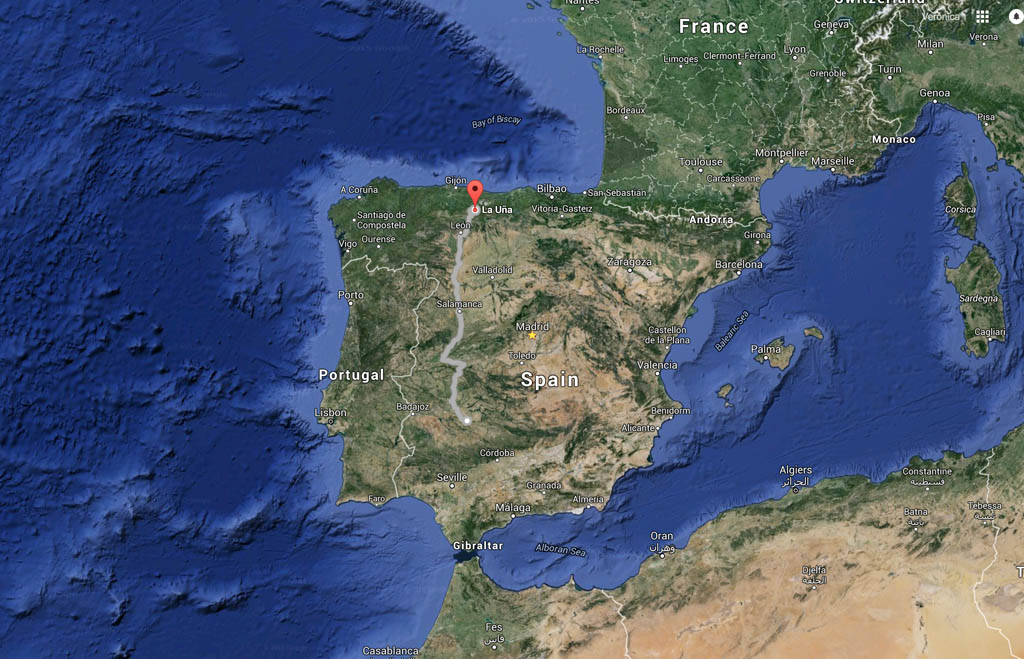Traceability
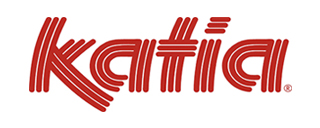
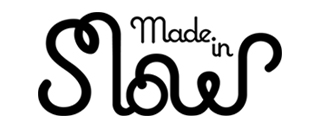
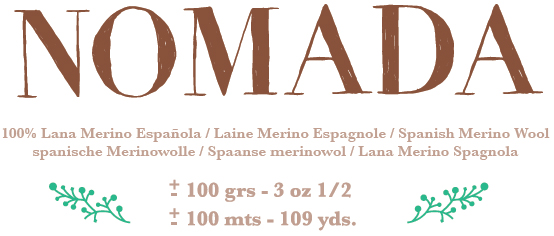
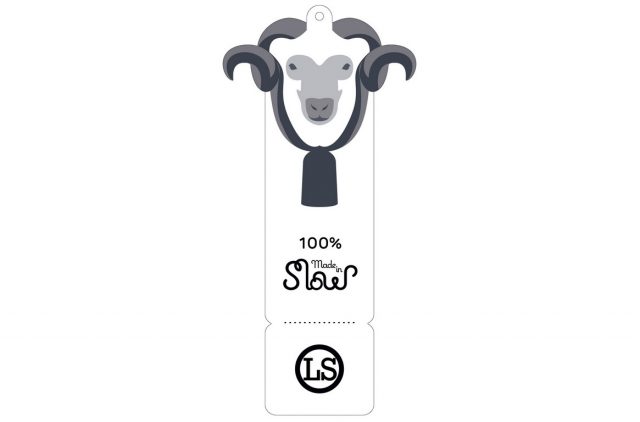
Transhumance in Spain is the transferring or moving of sheep by their shepherds from summer to winter pastures, and vice versa. It arises from the strong seasonal differences in weather in the Iberian Peninsula. This activity was regulated as long ago as the thirteenth century by King Alphonso the Wise, who created a sheep-owners’ guild called the Mesta. It continues down to the present day, keeping alive a unique cultural heritage.
The product you have bought is part of the Transhumance by Made in Slow project to return to using wool from merino sheep involved in transhumance. This wool comes from “Lorenzo Sánchez” flock belonging to Lorenzo Sánchez. Below you can read a few details about his day-to-day life.
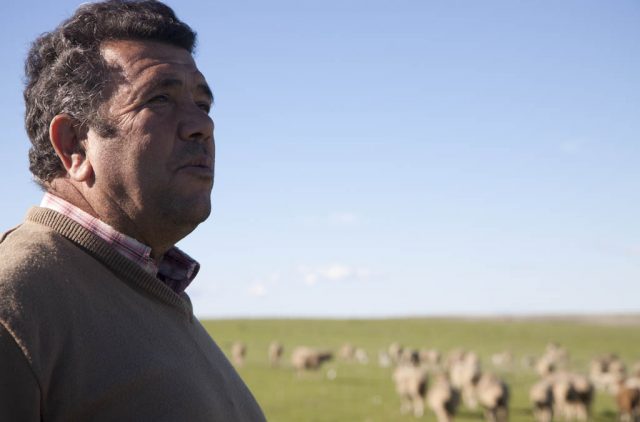
Lorenzo with his flock in Estremadura, on the Valfríos farm.
Even when he was just a boy, he was involved in sheep-farming with his family: grandfather, father and uncles, who had a flock of 400 sheep. Lorenzo recalls that one thing he has his father to thank for was encouragement to leave home, become independent and grow into the man he is today. His father was the first person to help him set himself up, standing guarantor for a ten-million-peseta loan (around 60,000 euro). Lorenzo used this to begin farming in Estremadura with an initial flock of 1,000 sheep.
From then on, he’s been spending winters in Estremadura, moving around between various villages in La Serena, on the Bodegones, Adelfilla, Arroyo La Huerta, Valle del Judío, Las Romeras and Valfríos farms. This last farm is the best of all, with its pasture lands staying green for longer than anywhere else. In fact, Valfríos is such a chilly place that sheep that are about to lamb have to be taken to other farms so that their new-born offspring will be safer.
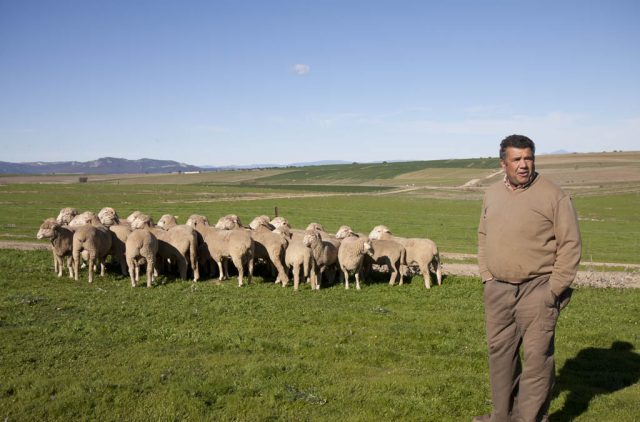
Winter pasture in Estremadura is like a second springtime for Lorenzo’s flock (Extremadura)
His current flock amounts to 4,000 merino sheep of the Las Hidalgas de Don Ángel pedigree. He’s been involved in transhumance for thirteen years. In recent seasons, he’s been using alpine meadows at La Uña in Leon Province from June to November, which is when he heads back to his land in Estremadura, before snow comes to the mountains.
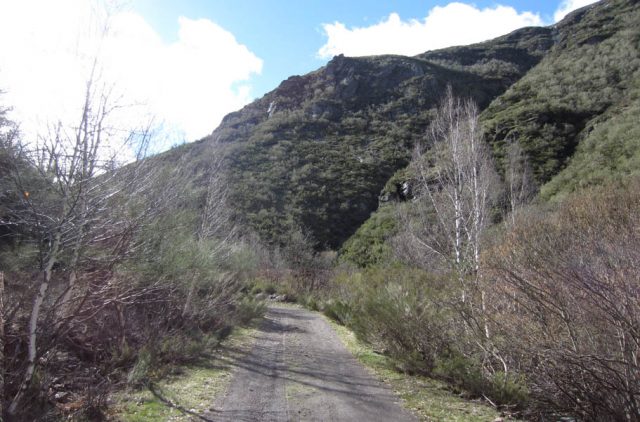
Alpine-like scenery at La Uña in the mountains of Leon, a summer destination
Lorenzo moves his animals around because he believes that merino sheep should graze in the open air and roam about if they are to grow up happy and healthy. He’s particularly proud to hear the comments that static sheep-owners make when he gets back to Estremadura. His animals make them jealous, because the high-quality green pastures that his flock grazes in summer are much better for the sheep than the feeds that have to be used for flocks that are kept in the same place all year round.
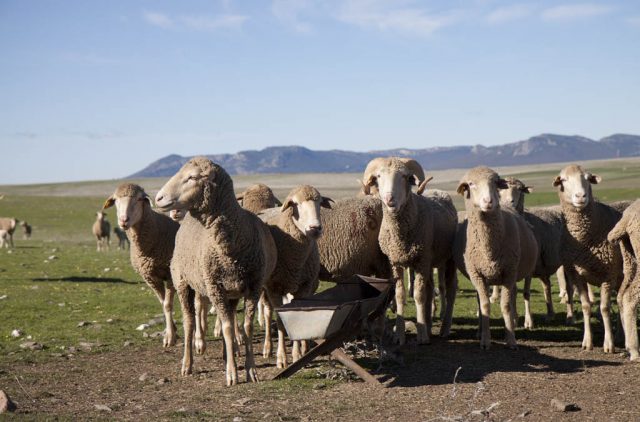
Merino sheep involved in transhumance develop better than animals that stay in the same place all year round
All the same, transhumance could be a lot better yet. When at the pass he often feels lonely, because fewer and fewer people are spending the summer up in the hills. He’d enjoy being able to share some time in the mountains with other shepherds. The administration has also still got a lot of work to do. It should simplify paperwork and improve infrastructures like drinking troughs, sheep-tracks and the shepherd’s cabins. (These are stone or wood shelters, called chozos if big, chozas if small, which shepherds use in the mountains or on open fields away from villages). These are a few of the items that need to be sorted out soon.
Back home in Estremadura he alternates the use of his land, as grazing one year and to sow cereals the next. A Spanish proverb says “La oveja detrás de la reja” (Sheep after the ploughshare), suggesting just this kind of alternate use. According to Lorenzo himself, if sheep are kept under the same conditions, one mouthful a sheep eats off pasture land that has recently been under the plough is as good as seven from land that has never been worked.
His son Antonio would like to carry on with the same line of work, but he’s afraid that in the long term it might become impossible to make a living from it. He loves country life, but he’s not too optimistic about what the future might bring.
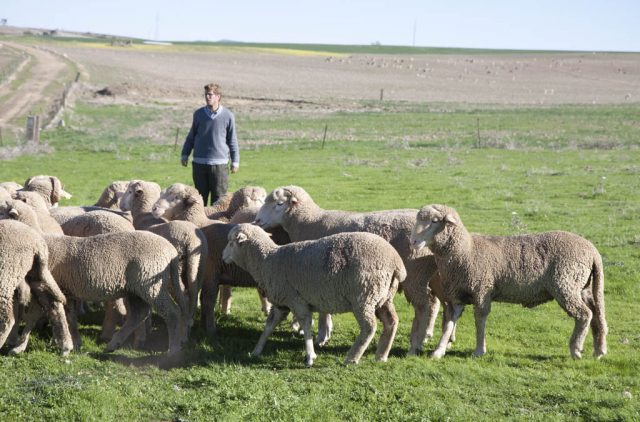
Antonio with his father’s highly prized merino rams
Thanks your purchase, you have helped the Transhumance by Made in Slow project which aims to return to using wool from merino sheep involved in transhumance and to get full benefit from it. Every little helps: Made in Slow.
Nomada is a journey to tradition, a way of life and a vision of the future.
This wool collection, 100% of Spanish origin and production, invites us to rediscover transhumance and pastoralism.
The wisdom of an ancient craft whose continual evolution has allowed it to adapt to nature by making the most of its resources without harming them, preserving a priceless biodiversity.
Km 0 wools, made in Spain from native sheep. With a Made in slow hallmark: locally made, with care and respect.
Each ball of yarn is a unique story waiting to be discovered. On every label there is a QR code that identifies the source of each yarn connecting us with each shepherd and their flock.
This is Nomada. Hundreds of faces and stories. A thousand and one sensations. Balls of yarn with a soul that takes us back to our roots.

